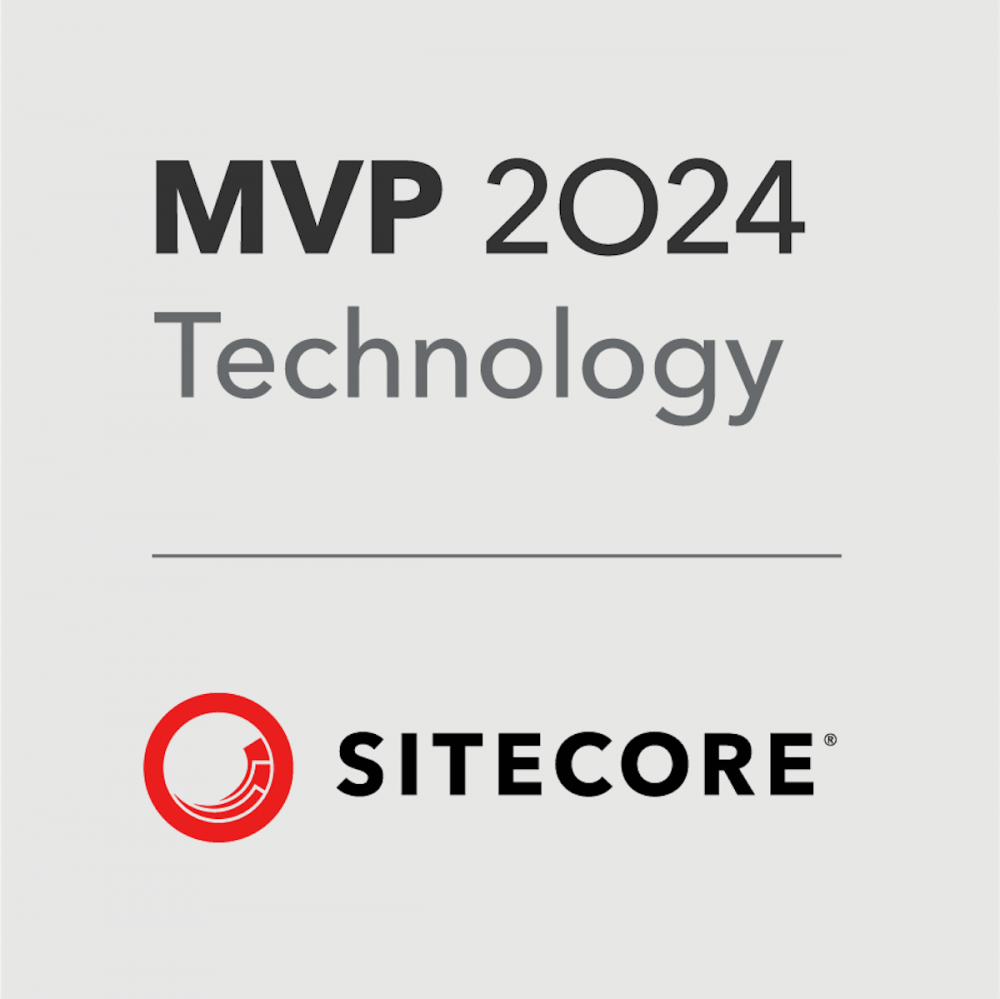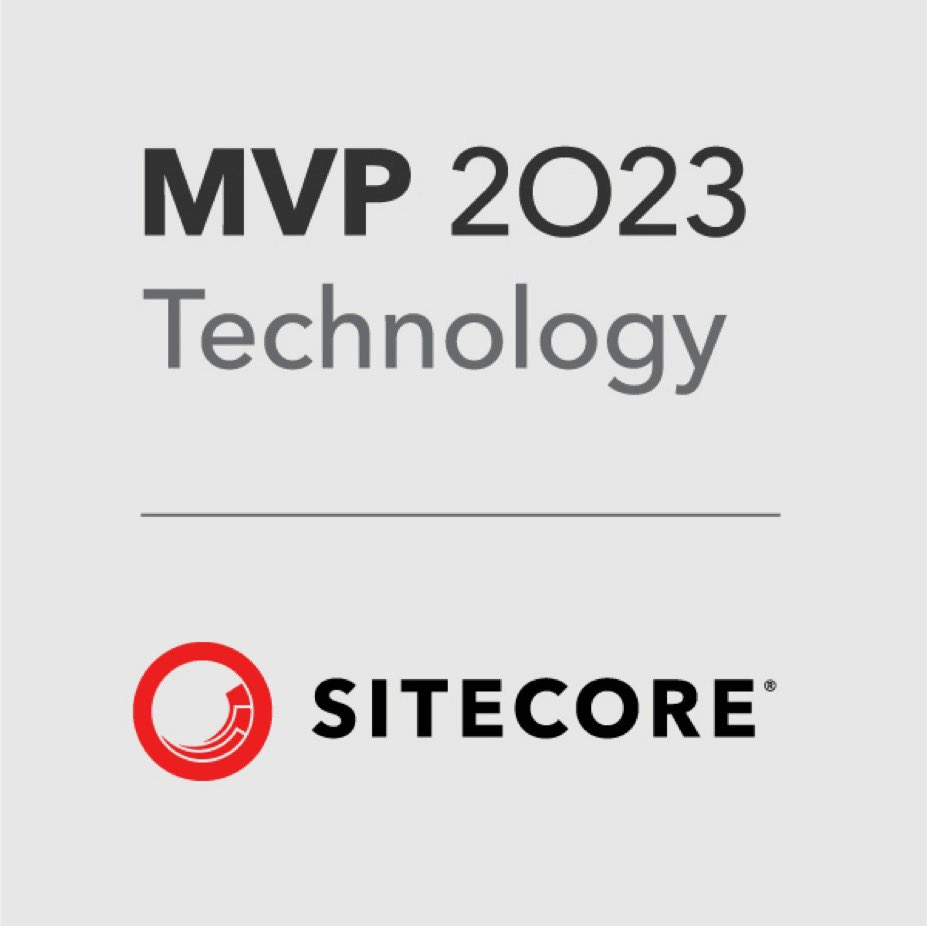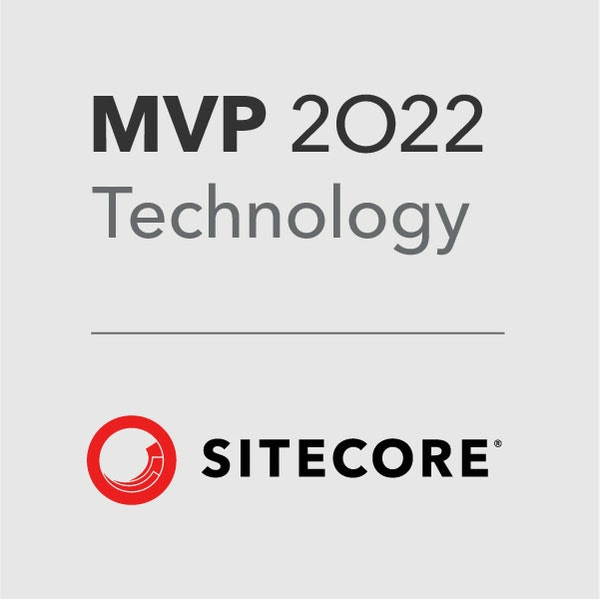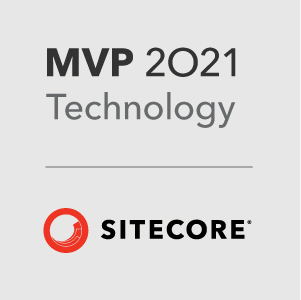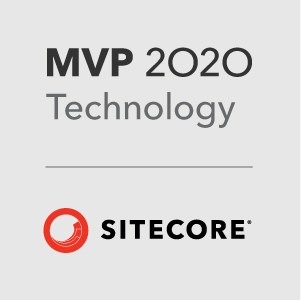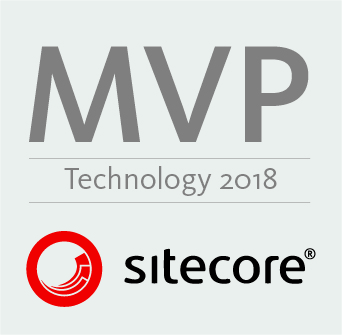
I don’t often write Sitecore blog posts from a business perspective but I today I thought I would as I think some Sitecore customers are still on 8.x or 9.0 and are considering an upgrade to Sitecore 9.2.
With Sitecore 9.3 likely to be released later this year and mainstream support for 8.2 and below running out in December now is a good time to consider upgrading.
In this post I’m going to outline what the benefits of moving to 9.2 are and also the considerations you should make before embarking on an upgrade.
What are Benefits / Features of Sitecore 9.2?
This is usually one of the first questions that will be asked. I’m not going to keep this fairly high-level as there are many in-depth blog posts out there on Sitecore 9.1 & 9.2 features but the following should provide a succinct summary.
Sitecore 9.1 & 9.2 bring a lot of new features and there has been a big focus on splitting features and functionality out from the previous large monolithic architecture to a smaller modern micro-service based architecture:
-
Sitecore Cortex – Sitecore’s new Machine Learning Brain which can Suggested Personalisation and process and leverage customer data
-
Sitecore Identity – Single Sign On and Federated Authentication (using IdentityServer)
-
Sitecore Universal Tracker – Provides an central Analytics API to track interactions from any device (e.g mobile apps, IoT, AR and VR)
-
Sitecore JavaScript Services (JSS) – allows development of apps using front-end frameworks such as Angular, React and Vue, using Sitecore as the source for the data (including SXA & Sitecore Forms support in 9.2).
-
Sitecore Accelerator Framework (SXA) Accessibility Improvements – SXA has been around for a couple of years and is a package or pre-built components for Sitecore allowing you to get sites up and running quicker.
-
Sitecore Host – A lean common runtime for .NET Core applications (Powers: Horizon, Universal Tracker, Sitecore Identity)
-
Helix Configuration – 9.1 shipped with some Helix configuration already setup. Helix is Sitecore’s recommended approach to building Sitecore Sites it sets out an number of overall design principles and conventions to follow.
- Sitecore Installer Assistant (SIA) – 9.2 provides a new GUI for easily installing Sitecore in a few clicks
- SSL offloading – 9.2 provides an SSL offloading config to Improve security and performance by shifting SSL Processing onto separate processors
- Active Personalization Dashboard – 9.2 has a new new dashboard which provides an overview of all personalization actively occurring, providing visibility of poorly/well performing tactics to act upon.
-
Many other improvements including: Search, Content Delivery, xDB and Analytics, Sitecore Forms, EXM, SIF(2), YAML Item Serialization, Bug Fixes and performance Improvements
But We’re on Sitecore 8.2 or below, what else do I get?
Mainstream Support
If you are yet to upgrade to Sitecore 9 then you need to consider this soon as Mainstream support for 8.2 and below expires in December 2019. https://kb.sitecore.net/articles/641167
This means that whilst Sitecore will still provide security updates and fixes and endeavour to assist with product incidents they may not provide support for the following:
- Assistance with errors or unexpected behaviour during installation or development
- Addressing product defects as hot-fixes or patches
- Compatibility fixes for supported technology platforms.
Therefore if you are on 8.2 or below after December this year then you may need to upgrade to resolve certain issues (depending on what the issues are).
Sitecore 9.0 Features
If you are on 8.2 or below you will also benefit from all the features released in 9.0, here are the key ones:
-
xConnect – Provides an unified API that centralises data access
-
Headless CMS support and JSS – Allows web apps to be built with React, Angular, Vue using Sitecore data
-
Rules based configuration – Configuration is now much simpler as it can be set based on the server role (e.g Content Delivery, Content Authoring)
-
Sitecore Install Framework (SIF) – SIF is a framework for installing Sitecore using automated scripts. This is how Sitecore 9 and above is now installed and it means deployments can be automated easier.
-
Sitecore Accelerator Framework (SXA) – SXA is a pre-built set of components to allow pages to be developed quicker with less development effort
-
Sitecore Forms – Sitecore 9.0 has newly designed forms to replace WFFM. These are built in a modern way and are easier to configure and customise.
Upgrade Considerations

So there are clearly some significant benefits to carrying out an upgrade to Sitecore 9.2, especially if you are on 8.2 still, as some customers are.
There are some additional requirements and considerations when moving to Sitecore 9.2 and standard upgrade considerations which need to be planned for:
-
Additional Servers / Roles – Due to changes to the architecture to split out elements of Sitecore into smaller services Sitecore 9, 9.1 and 9.2 require some additional Servers and roles. These are for xConnect, Identity Server, Cortex and processing. When you are planning resources for your upgrade this should be considered, particularly on Azure as there are quite a few additional services required.
-
Module Upgrades – Most Sitecore sites will make use of a number of Modules to extend the out of the box functionality. Some popular modules are: Web Forms for Marketers (WFFM), Url Rewrite and Sitecore Powershell Extensions (SPE). It is important to ensure that each module you are using is supported in Sitecore 9.2 and to consider time for upgrading each module as part of the upgrade process.
-
Updated Licence – Most customers will require a new licence generating when upgrading to Sitecore 9 and above. Therefore ensure you request this from your account manager in advance and that you have all features/modules you require included on your licence.
- Active Directory module – Sitecore 9.1 & 9.2 or later does not support the Active Directory module. Sitecore uses Identity server to handle logins instead of legacy methods such as AD. Therefore if you are upgrading to 9.1 or above and use the AD module you will need to implement an integration with Active Directory from Identity Server.
- Search – Sitecore 9 and above no longer supports Lucene so you must use SOLR or Azure Search. Lucene did not work well in distributed search scenarios so moving to SOLR or Azure Search has been recommended for a while. SSL is also required for SOLR in 9.0.
- Code & Configuration Updates – Sitecore try and reduce breaking changes where possible but sometimes they are unavoidable, so as with all Sitecore upgrades some custom code and configuration will need to be updated to be compatible with Sitecore 9.2.
To assist with this process Sitecore does provide an Express Migration Tool (to get to 9.0) and an Update Installation Wizard to update to 9.2. However these tools will likely only get you so far for highly customised Sitecore implementations and will likely need some manual upgrading too. Any code that needs upgrading will not be auto-upgraded by the tool. If you are on 8.2 then there are quite a few changes for analytics with xConnect. All references in Visual Studio will need updating to 9.2 also. - Support Patches & Hotfixes – You will likely have some hotfixes or support patches that have been applied to your solution over time. These will need analysing as part of the upgrade to understand if they are still required or not in 9.2. Many of these may have been rolled into 9.2 already.
- Analytics Data upgrade – Part of the upgrade process involves migrating xDB data in the 8.x format to Sitecore 9.2 format. Sitecore have a tool for this: https://dev.sitecore.net/Downloads/Sitecore_xDB_Data_Migration_Tool/3x/xDB_Data_Migration_Tool_300.aspx
- Implementation Quality – Best practice Sitecore implementations do not customise any out of the box Sitecore files and instead use patch files and extensions to customise configuration and other Sitecore functionality. Ideally the base platform should be installed ‘as is’ and the customisations layered on top to assist with upgradability. Depending on how well your implementation has been carried out will impact how easy it is to upgrade. If your implementation is not best practice then your team should take the time during the upgrade to correct this and take advantage of some of the newer and better ways of doing this.
A Note on Upgrading WFFM
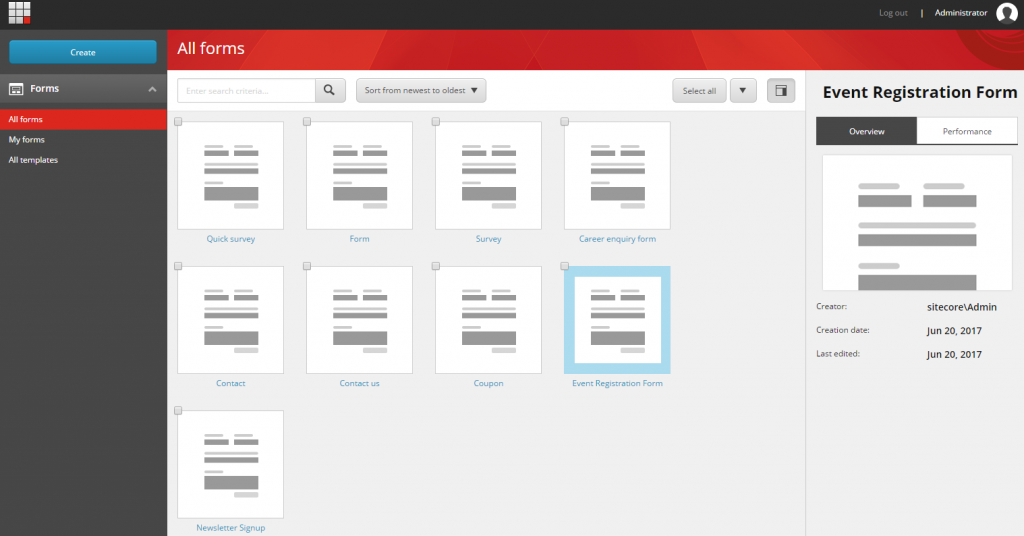 Often one of the key stumbling blocks for upgrading Sitecore to 9.1 or 9.2 is Web Forms For Marketers, this is because it was deprecated in Sitecore 9.1 and is also not supported in Sitecore 9.2. Sitecore 9.0.2 is the last release where WFFM can be used. Sitecore Forms has replaced it. If customers have many forms this can be a bit daunting.
Often one of the key stumbling blocks for upgrading Sitecore to 9.1 or 9.2 is Web Forms For Marketers, this is because it was deprecated in Sitecore 9.1 and is also not supported in Sitecore 9.2. Sitecore 9.0.2 is the last release where WFFM can be used. Sitecore Forms has replaced it. If customers have many forms this can be a bit daunting.
So you could just upgrade to Sitecore 9.0.2 and stop there, but you would be missing out on a lot of features and you will need to upgrade again in the near future. Thankfully there is another option, there is now a community built tool to help automate this for you and convert WFFM forms and data to Sitecore Experience Forms: https://github.com/afaniuolo/WFFM-Conversion-Tool. I have yet to use this but have heard good things about it and it is regularly updated.
I’ve tried to cover the key features of 9.2 and considerations for upgrading here. As you can probably see the longer you leave an upgrade the more complex it becomes as there are more changes to consider. Frequent upgrades of Sitecore should be the aim as this will reduce the time and investment needed to carry them out. Hopefully you’ll find this post useful for planning an upgrade to Sitecore 9.2 and leverage the investment you have made in the platform.
